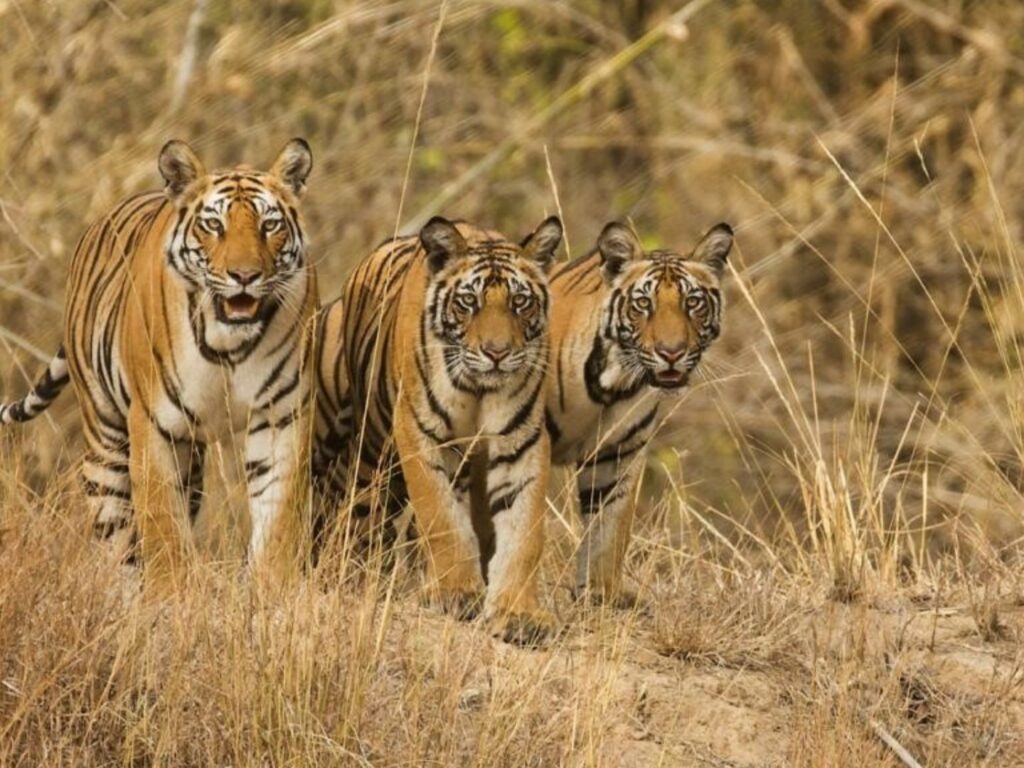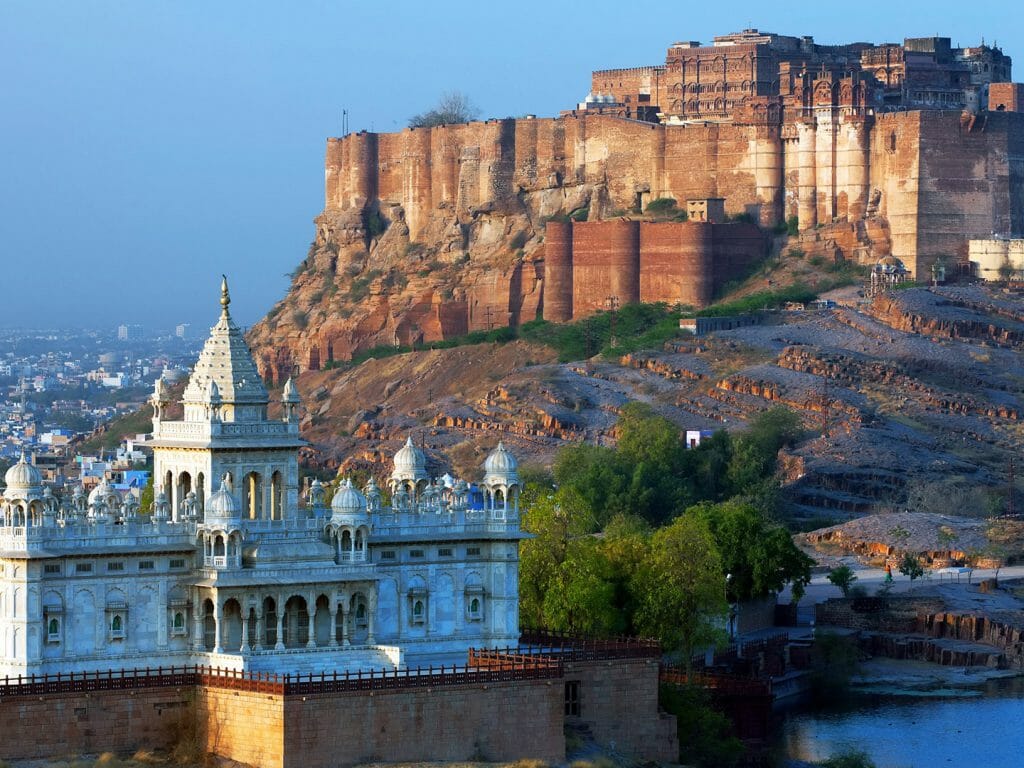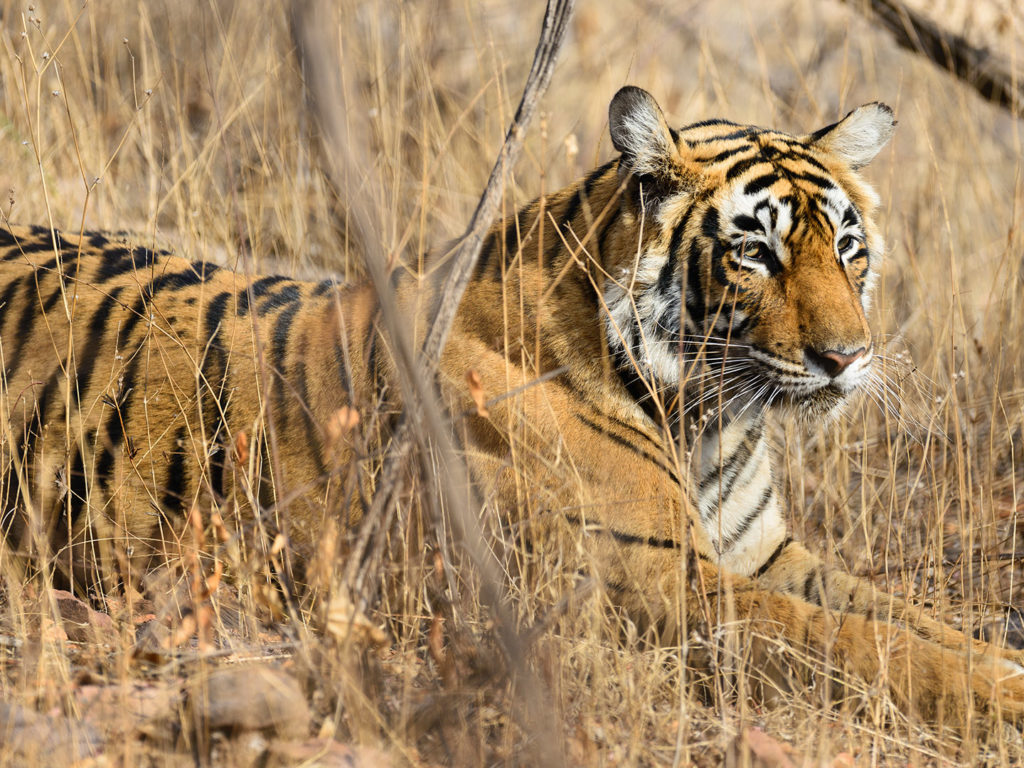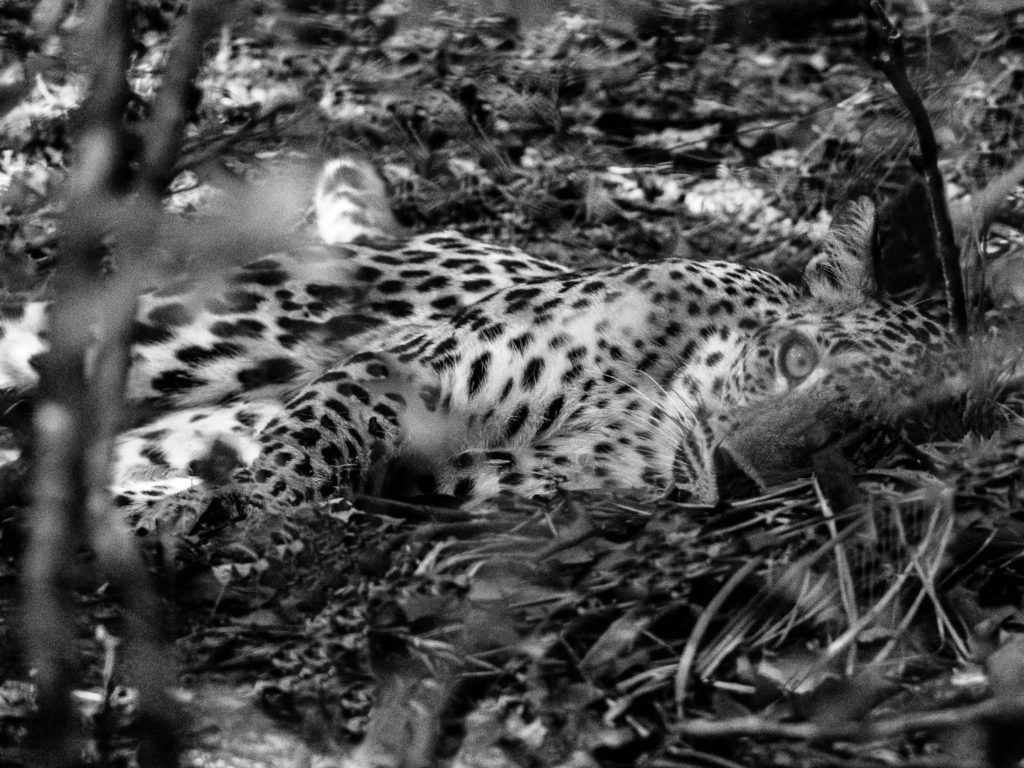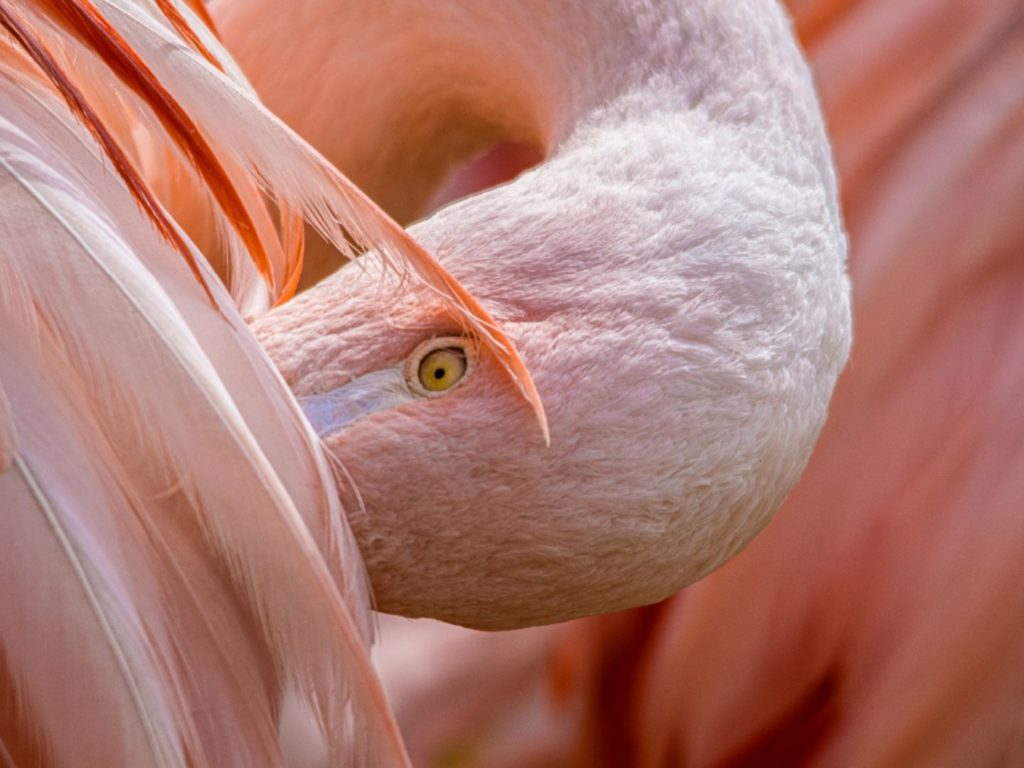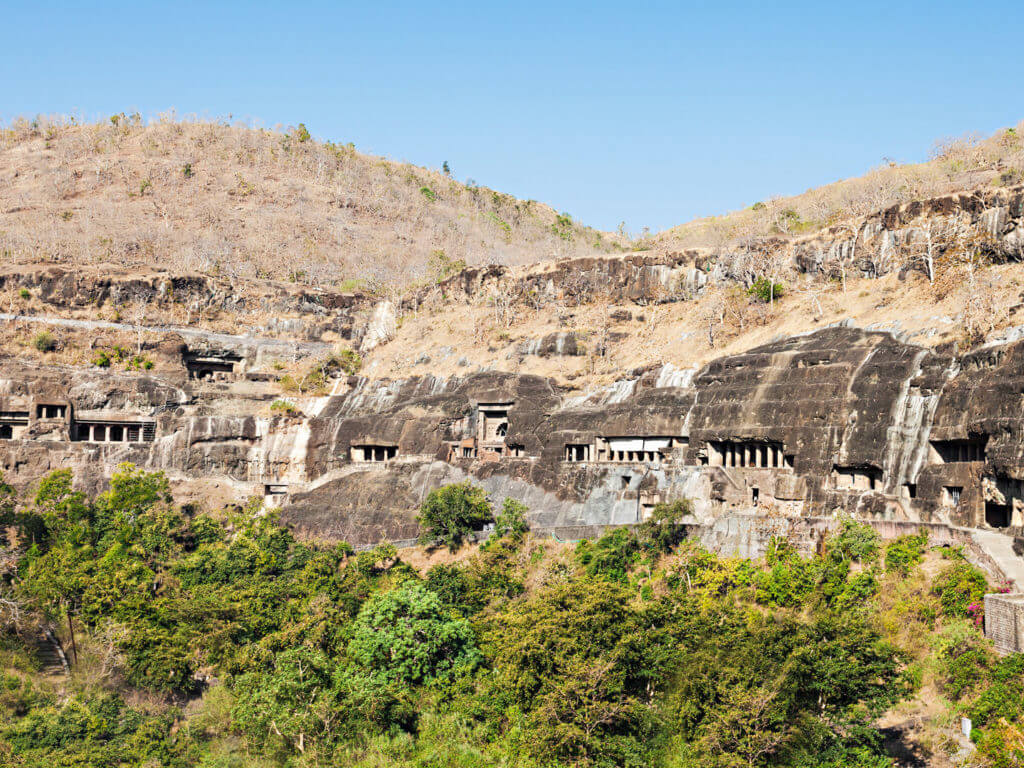This article is an excerpt from our new Traveller magazine – please get in touch with us to receive your free copy.
The eagerly awaited tiger census results were published in July 2019 and, as anticipated, tiger numbers in India have increased by 33%, from 2,226 to 2,967 since the last census in 2014.
The history of the tiger in India is a complicated one. But this recent growth in the population does not just offer some hope for the big cats in the area, but also endangered animals right across the planet. India, a country that is almost bursting at the seams with its human population, has managed to find a way to accommodate and protect tigers. What then, is possible in the rest of the world?
India’s positive tiger census results remind me of a safari I enjoyed in Ranthambore back in 2013…
“This is the territory of Machali, a very special tigress…”
Mohan, our guide in Ranthambore National Park, was not a demonstrative man and certainly not prone to histrionics, but when he spoke of Machali his eyes sparkled and his voice took on a tone of pride and reverence.
“She is almost 18 years old and is the oldest wild tiger in the world.”
I did not see Machali on my safari in Ranthambore, but I did come across her daughter, Krishna. I spent a memorable morning with Mohan enthusiastically holding court, explaining the dynamics of tiger courtship, while Krishna and an enthusiastic male tiger dutifully performed a practical lesson no more than five metres from our vehicle.
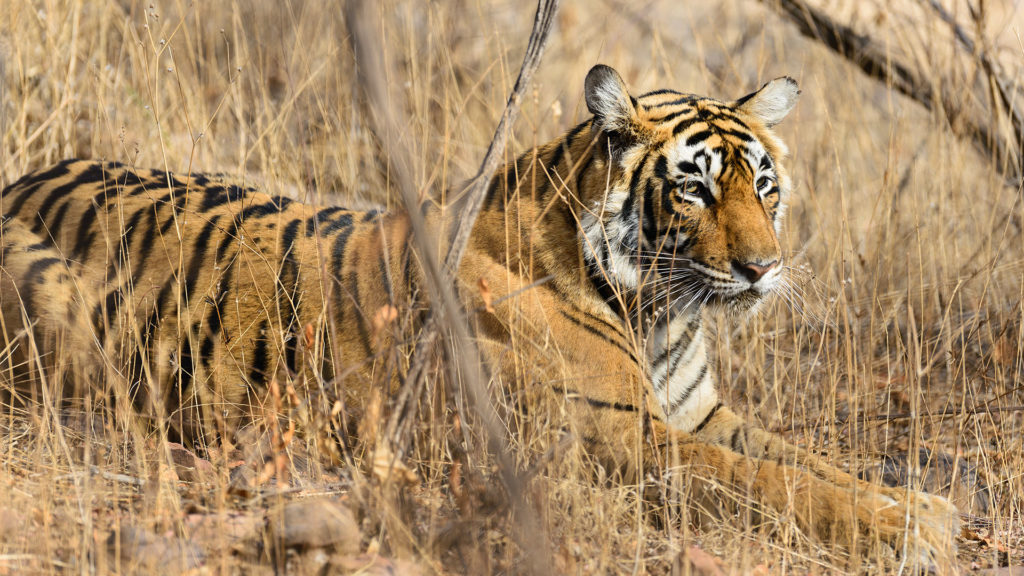
Machali was a remarkable animal, defying all the odds to live to the age of 20 years old, outwitting hostile male tigers, aggressive sloth bears and poachers to bring 11 cubs into the world. The ‘grand matriarch of Ranthambore’ was a born survivor and even as old age (and a fight with a mugger crocodile) cruelly deprived her of her canine teeth, she still managed to hunt and kill successfully. Tigers are ambush hunters and their usual method is to knock the prey off balance and use their giant canines to make a killing bite on the neck. Machali adopted an alternative killing method that involved breaking the prey’s neck rather than puncturing or suffocating the animal with her teeth.
The legacy left by Machali, following her death in 2015, is a park that currently boasts a thriving population of approximately 70 tigers (up from 50 tigers at the time of her death). While conservationists believe that almost 50% of the tigers being seen today in Ranthambore are of Machali’s lineage, her legacy goes beyond the borders of one national park. Two of Machali’s female cubs were relocated to Rajasthan’s other reserve, Sariska, and have successfully boosted the park numbers up to 14 animals.
While Machali was alive, Travel Operators For Tigers estimated that she was responsible for boosting the local economy to the tune of $100 million over a period of 10 years. The mantra of ‘if it pays, it stays’ is the watchword of conservation, and tourism offers the perfect mechanism for local communities to realise the potential value of the wildlife living on their doorsteps.
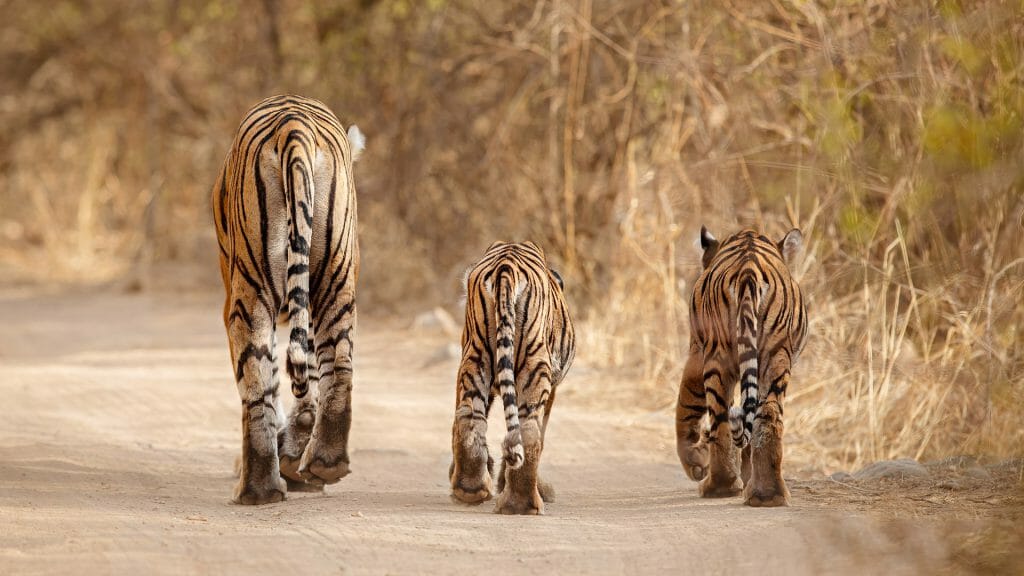
I was keen to get a greater understanding of how animals like Machali can become a catalyst for conservation. To do this, I spoke to Julian Matthews, founder of TOFTigers to get an insight into what he calls ‘tigernomics’. Below is a transcript of our conversation:
Jarrod: How do economics and conservation overlap?
Julian: The reality is that free water, clean air and warm sunshine – our natural capital – sadly don’t pay the day-to-day bills in today’s world. A local villager living beside a river that borders a rich biodiverse forest cannot exchange the water that flows past his house, the clean air he breathes and the warm sunshine on his back to ensure daily food. He still must cut down the trees for fuel, make new fields from the clearance and graze his cows in the forest peripheries.
We should look to use the principles of a capitalist economy to save our own planet from the wholesale destruction it is facing. Turn ‘nature’ – all too often seen as free and by this reckoning valueless to humankind – into something that has tangible and quantifiable value.
Jarrod: And ‘tigernomics’?
Julian: Tigernomics are working in parts of India and Nepal, using the one creature society values beyond any real logical reasoning – the tiger. We’re now creating valuable rural economies out of the huge industry of watching, rather than hunting, these beautiful wild cats. They are, after all, the world’s favourite animal.
Jarrod: Is tourism just about providing cash for local communities?
Julian: Travellers pay handsomely to see the mystical cat in its mythical lands. Many return home to friends and family to advocate passionately for the tigers’ long-term protection, becoming lifelong ambassadors for nature. Furthermore, safari-goers make authorities and protectors accountable for what lives in these wild landscapes. Tourism funds the building of an economy that generates rural jobs and new livelihoods that make a landscape and its creatures worth preserving, economically and intrinsically. No other business does this quite so well, or quite so effectively.
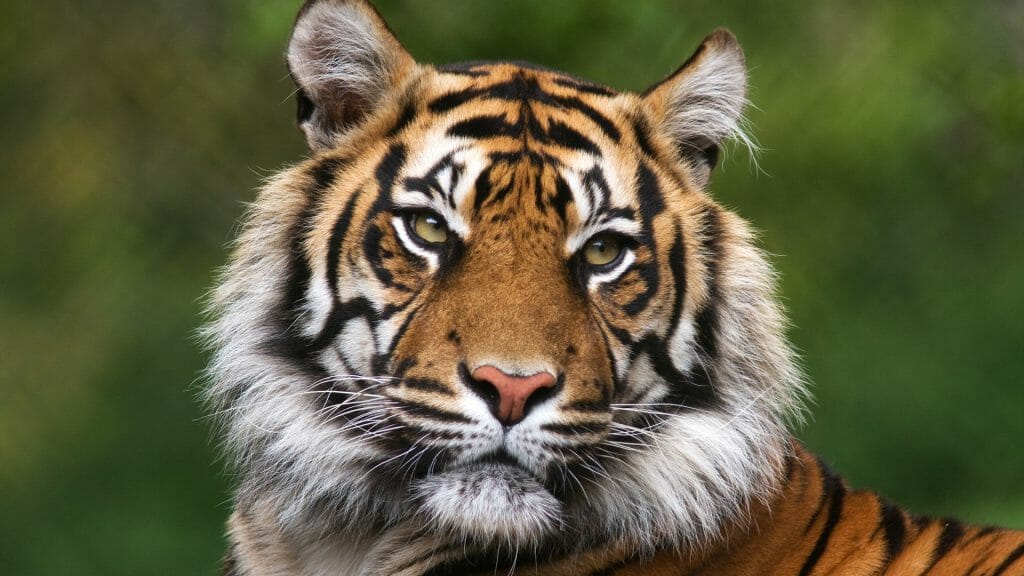
Tourism is vital to the long-term survival of India’s wildlife and wild places. It is no coincidence that the parks with the highest number of tourists each year also have the highest number of tigers. Machali was the spark that started the fire. Her story and her legacy go far beyond Rajasthan. She made the Indian government realise the latent economic potential of tigers all over India and, in doing so, this has created a universal framework that helps protect endangered wildlife all over the world.


